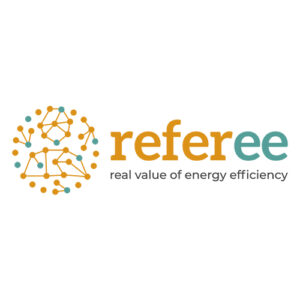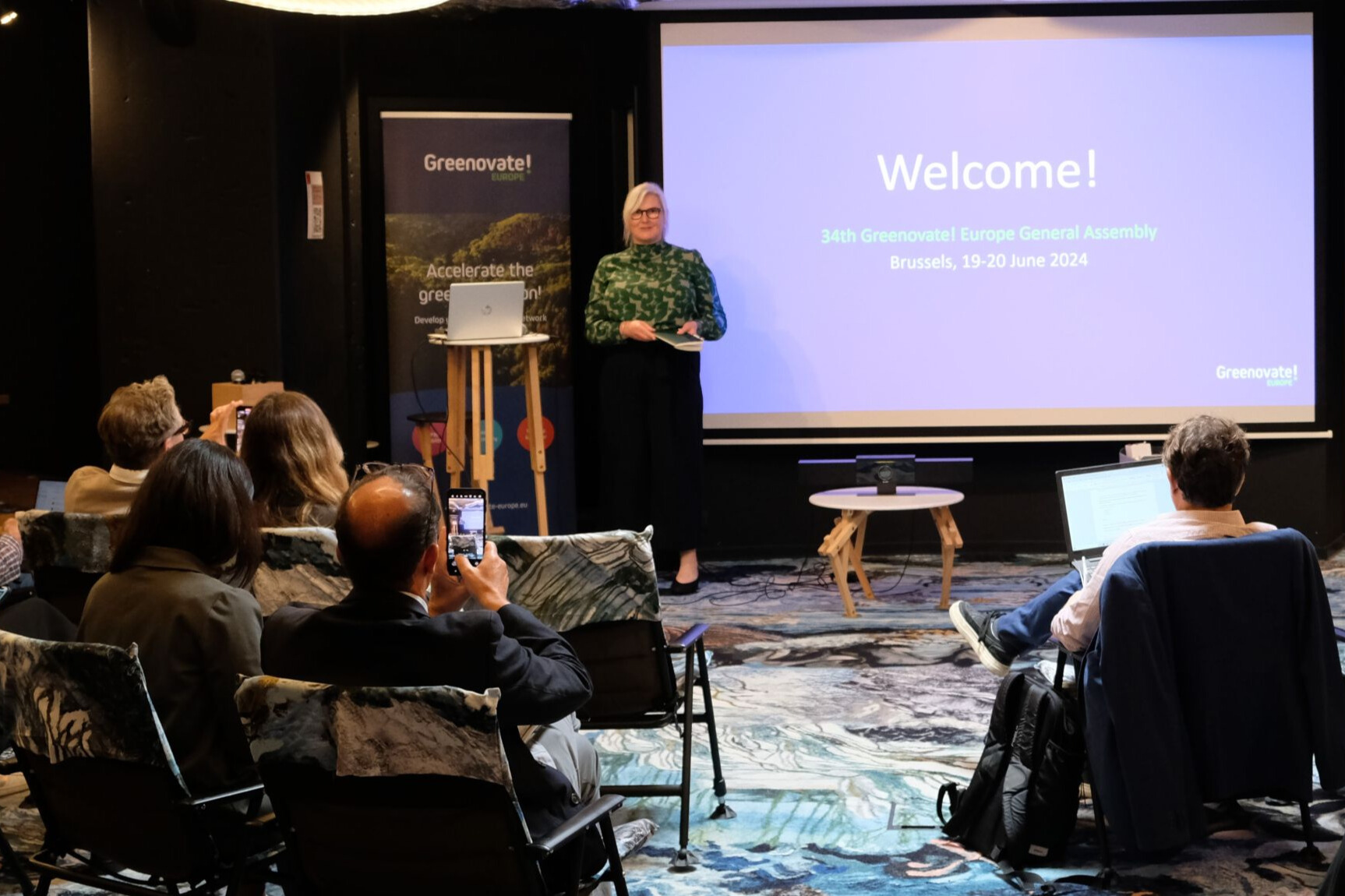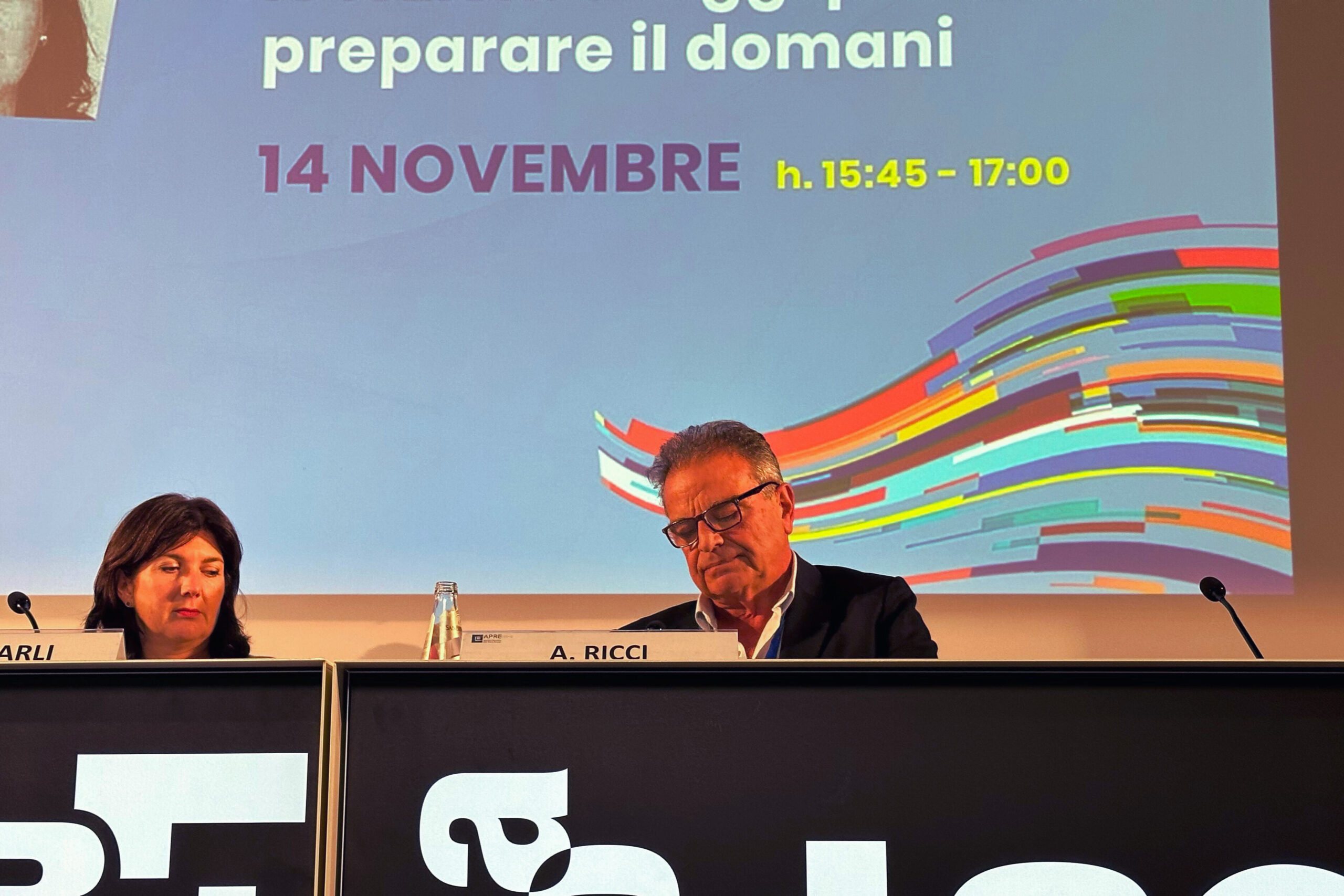
“The revised Energy Efficiency Directive establishes energy efficiency as a fundamental principle of EU policy and recognises its key role in achieving the objectives of the European Green Deal” – Stefano Faberi, Senior Researcher at ISINNOVA.
Energy efficiency, together with the decarbonisation of energy production, is a key element for a green transition. The ‘Energy Efficiency First’ (EE1) principle, established by the European Union, ensures that policy makers give the highest priority to energy efficiency measures when formulating their energy policies and making related investment decisions. It is a broad guiding principle that can complement other EU objectives, particularly in the areas of sustainability, climate neutrality and green growth.
To gain a better understanding of how Europe is moving towards achieving its energy efficiency goals, we spoke to Stefano Faberi and Giorgia Galvini, Senior Researcher and Researcher at ISINNOVA, who are working on active EU-funded projects.
1. Let’s talk about the latest European projects and those approaching. What are you working on?
Stefano Faberi:
“I am currently involved in two European projects: I am the coordinator of the REFEREE project and I am working on the DIAMOND project. I will soon start working on the SEED-MICAT project.
The REFEREE (Real Value of Energy Efficiency) project, funded by the European Research Programme Horizon 2020, aims to analyse and quantify the multiple impacts (energy, environmental, health, economic, productivity) of energy efficiency policies and investments by developing a user-friendly tool to support energy policy and investment decisions at national, regional and local level. The modelling and quantification of the impacts of energy efficiency measures are based on a system of macro-economic models developed for the European Commission and the scientific community by one of the project partners, Cambridge Econometrics.

The DIAMOND project aims to contribute to the improvement and further development of a family of six integrated environmental and energy assessment models, so that they can scientifically support an accelerated transition to circular, resilient, desirable and sustainable climate neutrality. The project is coordinated by the Institute of Communication and Computer Systems of the National Technical University of Athens and includes 19 partners from leading European economic, energy and environmental research and modelling centres.
The SEED MICAT project fits into the line of research and implementation addressed by REFEREE and other similar projects, looking at: developing tools and methodologies to analyse the impacts of the multiple benefits of energy efficiency policies, extending the assessment of these impacts to those arising from renewable energy policies, and analysing the impacts of energy policies on biodiversity. The ultimate goal is to demonstrate the relevance of the multiple impacts paradigm in contributing to the implementation of the European Community’s Energy Efficiency First (EE1) principle“.
Giorgia Galvini:
“We are currently at the peak of the development of the European project REFEREE – The Real Value of Energy Efficiency, which is developing a tool for analysing the multiple benefits of energy efficiency measures. This tool, or instrument, is easy to use and is based on a comprehensive macro-econometric model designed to address key economic and environmental policy issues. It is a scientifically robust and completely new tool, as it is based on decades of data and econometric analysis and is able to fully assess short and long-term impacts, capturing the links and relationships between different sectors and countries in the European Union and defining the impacts on socio-economic development, productivity, climate, environment and welfare. In addition, we have recently received funding from the European Union for another project to improve the quantification of the multiple benefits of energy efficiency, SEED MICAT – Support Energy Efficiency Deployment with the Multiple Impacts CAlculation Tool.
2. When will the REFEREE tool be released and for whom will it be useful?
Stefano Faberi:
“The REFEREE tool was officially presented on the 19th of September 2023 in Brussels during a workshop for policy makers and experts, but it will not be released until December 2023, in order to complete the testing phase and incorporate the comments received from stakeholders participating in the ‘validation’ workshop. However, the final launch will take place at the end of the project, i.e., in June 2024”.
Giorgia Galvini:
 “The tool is available to the project’s Policy Advisory Group and the stakeholders involved in the pilot cases since September, while the public launch will take place in June 2024.
“The tool is available to the project’s Policy Advisory Group and the stakeholders involved in the pilot cases since September, while the public launch will take place in June 2024.
The tool is designed to help a wide range of stakeholders assess the economic, social and environmental benefits of energy efficiency investments. With a user-friendly interface, the REFEREE tool will provide easy access to robust quantitative analyses of the benefits of energy efficiency in different contexts.
In particular, the REFEREE tool will be useful for the following stakeholders:
- Policy makers – to plan investments and policies that maximise the benefits of energy efficiency. The tool will provide data to support such decisions.
- Municipalities and local authorities – to assess the impact of energy-saving measures at urban and regional levels.
- Investors and businesses – to identify areas and sectors where investment in energy efficiency is most beneficial.
- Civil society organisations – to promote and support energy efficiency investments that bring social and environmental benefits.
3. How do these projects fit in with European energy efficiency policy and which programmes do they fall under?
Stefano Faberi:
“The REFEREE and SEED-MICAT projects are fully in line with European energy efficiency policies -just think of the new Energy Efficiency Directive – which will be amended and formally adopted in July 2023, and more generally the EU’s energy transition policies and recommendations, such as the proposals contained in the ‘‘FIT for 55‘’ package and REPowerEU.
The new directive sets an EU energy efficiency target for 2030, the result of a compromise between different member states, of at least 11.7% compared to 2020. This target is below the cost-effective energy savings potential (19%) and lower than what the Commission had deemed necessary in the REPowerEU plan to phase out fossil fuel imports from Russia (13%). However, this target should still lead to a significant increase in energy saving efforts in the coming years. It is worth noting that, for the first time, this target is binding on Member States. This is contained in Article 3 of the Directive, which stipulates that the Energy Efficiency First (EE1) principle must be formally and transparently integrated into energy policy implementation plans. Indeed, the agreed text requires Member States to ensure that energy efficiency solutions are evaluated in planning, policy and major investment decisions related to energy systems and non-energy sectors that have an impact on energy consumption.
The link between this normative article and the REFEREE and SEED MICAT projects is even clearer in the statement referring to how Member States shall (inter alia) “Encourage and, where cost-benefit assessments are required, ensure the use of methodologies that allow a proper assessment of the wider benefits of energy efficiency measures”.
The DIAMOND project, for its part, responds to the challenges posed at international level by the Paris Agreements and the United Nations Climate Change Conferences (COP21) by “providing advanced tools to support decision-makers in the integrated analysis of the interrelationships between environmental, energy, economic and social systems”.
4. What is ISINNOVA’s role in these projects and who are the main partners you work with?
Stefano Faberi:
“In DIAMOND, ISINNOVA is responsible for the active involvement of stakeholders who must proactively accompany the development of the project by providing co-design input. These stakeholders, i.e., experts from different scientific backgrounds, policy makers and modellers, will also include citizens’ representatives, in order to share and convey and the complexity of the mechanisms inherent in the energy transition, which require, among other things, a lifestyle change for civil society.
Giorgia Galvini:
“ISINNOVA plays a key role in these European energy efficiency projects. In REFEREE, ISINNOVA is responsible for the coordination and management of the whole project. With its decades of experience in the energy sector and its multidisciplinary team of researchers, ISINNOVA is leading both the technical development of the Multiple Benefit Analysis model and tool and the communication and co-design aspects with policy makers. In SEED MICAT, ISINNOVA will apply the SITEE methodology (developed in-house) to analyse the replicability of the process of applying models to quantify the multiple benefits of energy efficiency measures.
ISINNOVA collaborates with several partners in these projects both at a national level and across Europe. In Italy with ENEA, the Regions of Emilia Romagna and Friuli Venezia-Giulia and the City of Milan. In Europe, the relationships with Fraunhofer ISI, the IEECP and the Wuppertal Institute are particularly significant”.





Daundewa Slot ⚡OVO Gopay Dana Sweet Bonanza Garansi Kekalahan 100%
https://slot-gacor.tripod.com/
Your point of view caught my eye and was very interesting. Thanks. I have a question for you.
Thanks for sharing. I read many of your blog posts, cool, your blog is very good.
Your article helped me a lot, is there any more related content? Thanks!